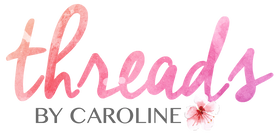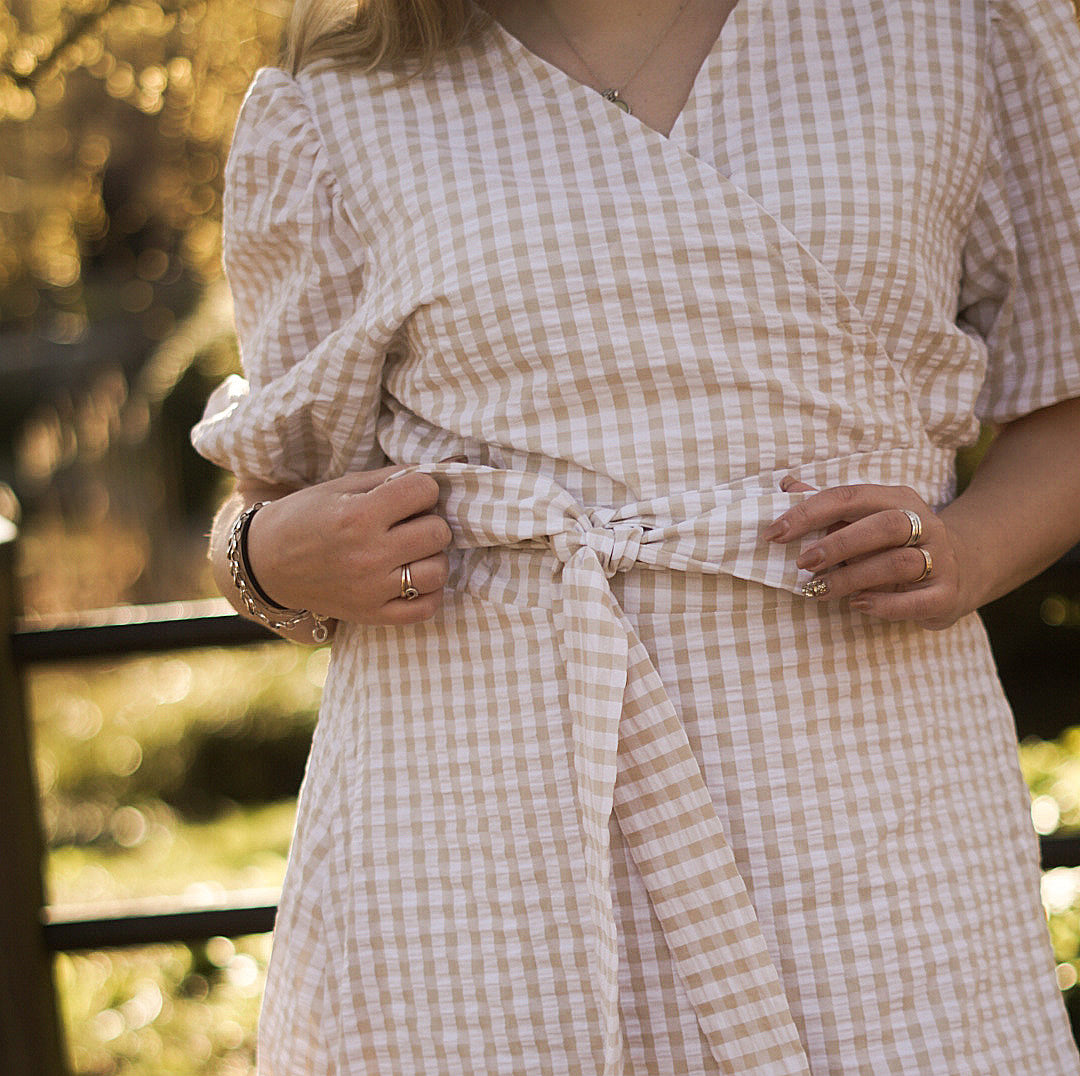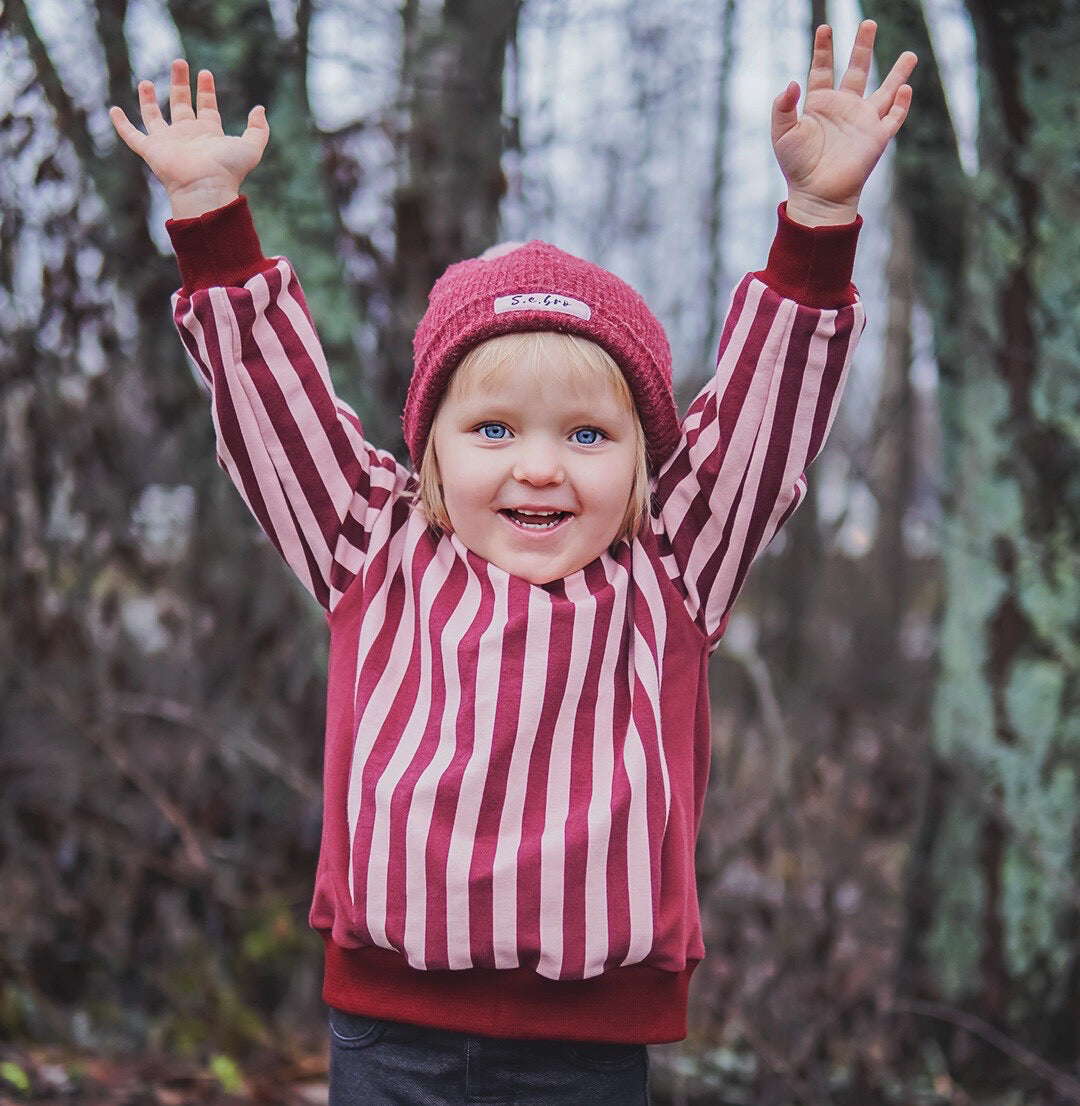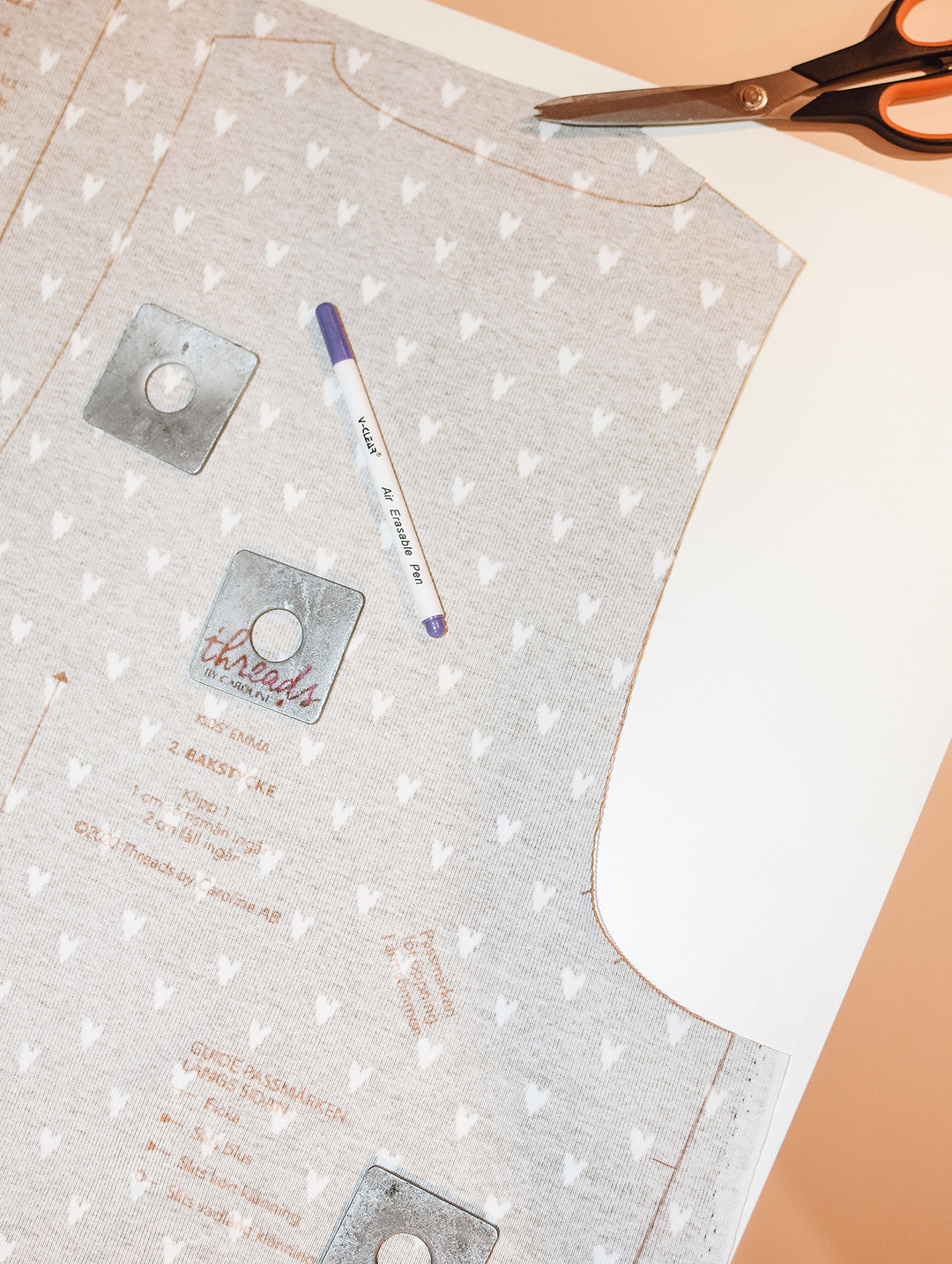Photography is one of my passions and I love it when I can combine it with my sewing. Photographing my makes is so satisfying! Now I'd like to share with you some of my tips on how to succeed when photographing clothes.
IN GENERAL
- Take bright pictures. This can be a challenge in some places (for example Sweden in winter), but if that's the case then find the brightest room in your home and photograph in the middle of the day when it's brightest, or outdoors if possible.
- Use natural daylight instead of lamps or the camera flash.
- Photograph with a neutral background, in other words don't let there be a lot of furniture, toys or things like that in the background. That can make the picture messy and take focus from the clothes.
- And of course, make sure the clothes are clean and pressed.
PHOTOGRAPHING CLOTHES
- Consider whether the clothes will look best in a flay-lay or on a hanger. I think the Alice top is gorgeous on a hanger, while the leggings Lo look better in a flat-lay. When I'm photographing clothes on a hanger I sometimes put a pin in the wall (white wall in a bright room) and there I'll hang the clothes temporarily while I photograph. If I'm photographing a flat-lay I'll place the clothes on our white dinner table, a white blanket on the floor or similar.
- It can often make the picture more interesting if you place a flower, twig, nice looking toy, accessories or similar in the picture. The picture below is a flat-lay of clothes I sewed for a baby-to-be-born: two Lo leggings and two Sigge & Siri beanies.

PHOTOGRAPHING CLOTHES IN ACTION
- If I'm photographing a child wearing the clothes, I'll prepare a bright room with neutral background, and test the camera settings BEFORE I go fetch the child ;)
- You'll need to take a lot of pictures in very short time since most children get bored quickly. Some children will think it's fun to hold a flower or balloon or similar in the picture. You could also prepare a chair or stool for the child to sit on. Or encourage the child to play or dance. I never encourage the child to pose, just let them be themselves and try to capture their natural expressions.
- Talk to the child while photographing. You could tell them a story or a joke or ask about their interests. If you know that this is difficult for you, to have a conversation while focusing on taking pics, prepare your questions or stories beforehand.
- Remember to always crouch down to the child's level, don't stand up while taking pictures of children. The picture will look better and you're also more likely to get a connection with the child.
Pictured below is a little girl who was so excited to sit on her older sister's high chair that she sat still for a long time so I could take lots of photos. Here she's wearing an Amelie dress I sewed.

IF YOU HAVE A SYSTEM CAMERA (SLR)
(The exact settings will depend on the camera you use and how much light is available to you at the time, but here are some tips if you're photographing indoors with little light).
- Aperture: Use a large aperture (a wide opening) that will pass a lot of light and result in a brighter photograph, for example f/2,8 instead of f/4,5. Or even wider.
- Shutter speed: A long shutter speed will also pass a lot of light. However, fast-moving objects (like toddlers?!) can become blurred so pay attention and use a shorter shutter speed if needed to get focus. I rarely go below 1/250.
- ISO: You may need to have a higher ISO setting to get a brighter photo, but remember that a very high ISO will make the photo grainy. I try to not go higher than 400-500 (if photographing indoors).

My camera is a Nikon D7200 and I have two lenses for it: an 18-55 mm and a 35 mm. I use the latter mostly when photographing with little light, since its largest aperture is f/1,8 which passes a lot of light and makes the background nicely blurred.
EDITING
Personally I don't edit my pictures very much, mostly I just play with brightness and contrast. I believe a lot of pictures can be brightened, but I pay attention to keeping the natural look of the fabric.
TIPS ON SEWING PATTERNS
Maybe this blog post has awoken your sewing appetite as much as your photography appetite. So let me give you some tips on sewing patterns to use.
Some easy sewing patterns for beginners are the beanie Sigge & Siri, headband Stella, and leggings Lo.
And for the confident beginner: the sweater Lilly & Liam and the top/dress Alice.
And more challenging: the tops/dresses Olivia and Amelie, and the skirt Molly.






